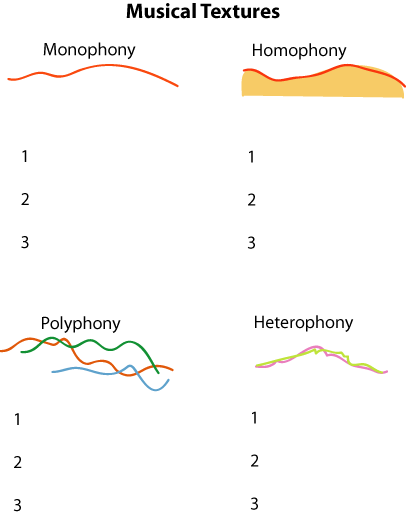


In this way, we can turn the polyphone disambiguation task into a pre-training task of the Chinese polyphone BERT. Many melodies may appear throughout the composition. music specialized uk / pl.ifn.k / us / p.lif. Firstly, we create 741 new Chinese monophonic characters from 354 source Chinese polyphonic characters by pronunciation. Polyphonic: A composition with many voices and harmonies. Then we get a Chinese polyphone BERT by extending a pre-trained Chinese BERT with 741 new Chinese monophonic characters and adding a corresponding embedding layer for new tokens, which is initialized by the embeddings of source Chinese polyphonic characters. In this paper, we propose a Chinese polyphone BERT model to predict the pronunciations of Chinese polyphonic characters. This process is called Polyphone Disambiguation, a key procedure in the Grapheme-to-phoneme (G2P) conversion step of a Chinese text-to-speech (TTS) system.

Firstly, we create 741 new Chinese monophonic characters from 354 source Chinese polyphonic characters by pronunciation. To perform linguistic computation tasks related to spoken Mandarin Chinese, the correct pronunciation for each polyphone must be identified among several candidates according to its context. In this paper, we propose a Chinese polyphone BERT model to predict the pronunciations of Chinese polyphonic characters. Experimental results demonstrate the effectiveness of the proposed model, and the polyphone BERT model obtain 2% (from 92.1% to 94.1%) improvement of average accuracy compared with the BERT-based classifier model, which is the prior state-of-the-art in polyphone disambiguation.Grapheme-to-phoneme (G2P) conversion is an indispensable part of the Chinese Mandarin text-to-speech (TTS) system, and the core of G2P conversion is to solve the problem of polyphone disambiguation, which is to pick up the correct pronunciation for several candidates for a Chinese polyphonic character. (Polyphonic Masses in Sources from Spain, Portugal and Latin America, from around 14901630). French polyphenylenesulfone polyphenylsulfone polyphily polyphobia polyphone polyphonic. In this way, we can turn the polyphone disambiguation task into a pre-training task of the Chinese polyphone BERT. For example, a polyphonic phrase has three pronunciations, which are chang2 chang2, zhang3 chang2, and zhang3 zhang3 separately, where numbers after the phonetic alphabets indicate tones (such a format is uniformly used below), and because chang2 chang2 is used most frequently, chang2 chang2 is used as a default pronunciation of. Look through examples of polyphonic translation in sentences, listen to pronunciation and learn grammar.
POLYPHONIC PRONUNCIATION DOWNLOAD
Then we get a Chinese polyphone BERT by extending a pre-trained Chinese BERT with 741 new Chinese monophonic characters and adding a corresponding embedding layer for new tokens, which is initialized by the embeddings of source Chinese polyphonic characters. Download scientific diagram Chinese polyphonic character from publication: Pronunciation-Enhanced Chinese Word Embedding Chinese word embeddings. Identification of versions of the same musical composition by processing audio descriptions. Automatic Classification of Musical Mood by Content-Based Analysis. Firstly, we create 741 new Chinese monophonic characters from 354 source Chinese polyphonic characters by pronunciation. Automatic musical instrument recognition from polyphonic music audio signals. Record the pronunciation of this word in your own voice and play it to listen to how you have pronounced it. Pronunciation of polyphonic with 1 audio pronunciations 1 rating International Phonetic Alphabet (IPA) IPA : plfnk Record the pronunciation of this word in your own voice and play it to listen to how you have pronounced it. In this paper, we propose a Chinese polyphone BERT model to predict the pronunciations of Chinese polyphonic characters. Pronunciation of polyphony with 1 audio pronunciations. Grapheme-to-phoneme (G2P) conversion is an indispensable part of the Chinese Mandarin text-to-speech (TTS) system, and the core of G2P conversion is to solve the problem of polyphone disambiguation, which is to pick up the correct pronunciation for several candidates for a Chinese polyphonic character.


 0 kommentar(er)
0 kommentar(er)
